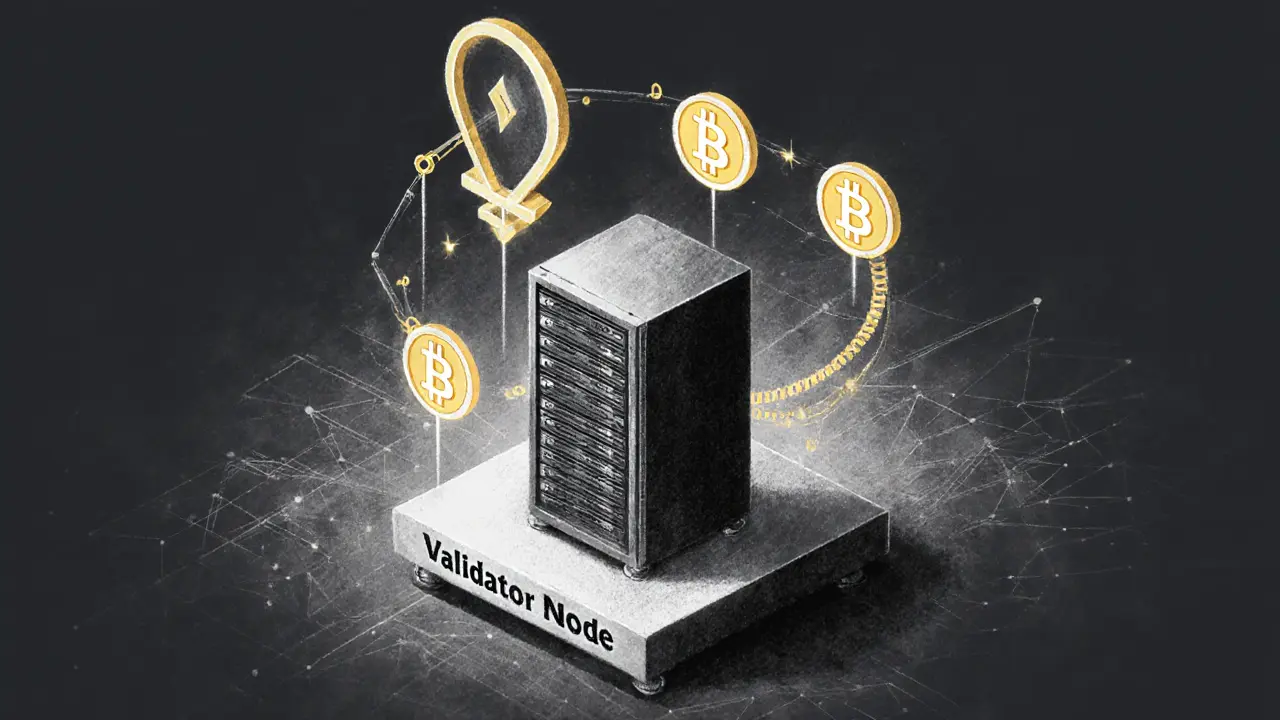Explore how validator rewards, commissions, slashing, and staking pools shape PoS blockchain economics and what it means for investors in 2025.
Staking Economics: How Rewards and Risk Shape Crypto Returns
When talking about Staking Economics, the study of how staking rewards, token supply, and network security interact to determine profitability. Also known as PoS reward models, it helps investors compare real‑world yields across dozens of blockchains. Understanding these dynamics is the first step before you lock up any tokens.
One of the biggest building blocks of staking economics is Tokenomics, the set of rules that govern a token’s issuance, distribution, and inflation rate. Tokenomics decides how many new coins enter the market each epoch, which directly impacts the annual percentage yield (APY) you can expect. If a network mints 5% new tokens yearly, that inflation must be split among validators, delegators, and sometimes a treasury – a classic supply‑demand trade‑off.
Another crucial piece is Yield Farming, the practice of moving capital between staking pools, liquidity mining programs, and other high‑yield DeFi opportunities. Yield farming often amplifies raw staking rewards by adding incentive tokens on top of the base APY. However, every extra layer introduces more risk: smart‑contract bugs, impermanent loss, or sudden reward cuts. That’s why many seasoned stakers treat yield farming as a lever that can boost or erode their staking economics depending on timing.
Key Concepts in Staking Economics
At the validator level, Validator Rewards, the payouts a validator earns for securing the network and proposing blocks, are the core driver of any staking strategy. Validators need to stay online, avoid double‑signing, and meet performance thresholds, otherwise they face slashing penalties that can wipe out weeks of earnings. For delegators, the choice of validator matters because commission fees eat into the gross APY, turning a 12% reward into a net 10% after fees.
Inflation, tokenomics, validator performance, and yield farming all intertwine, forming a feedback loop that defines the health of a staking ecosystem. Staking economics therefore requires a holistic view: you can’t look at APY in isolation without considering token supply growth, network security, and the opportunity cost of locking assets. For example, a high‑inflation chain may offer 20% APY, but if the token’s price is expected to drop due to oversupply, the real return could be far lower.
Risk management rounds out the picture. Common risks include slashing, lock‑up periods, and market volatility. Some protocols mitigate slashing by offering insurance pools, while others use a “soft lock” that lets you exit after a short cooldown. Knowing which safeguards are in place lets you weigh the potential upside against the downside more accurately.
Below you’ll find a curated set of articles that break down each of these pieces in detail. From deep dives into tokenomics of specific projects to step‑by‑step guides on navigating yield‑farming farms, the collection gives you practical tools to apply staking economics concepts to your own portfolio.

